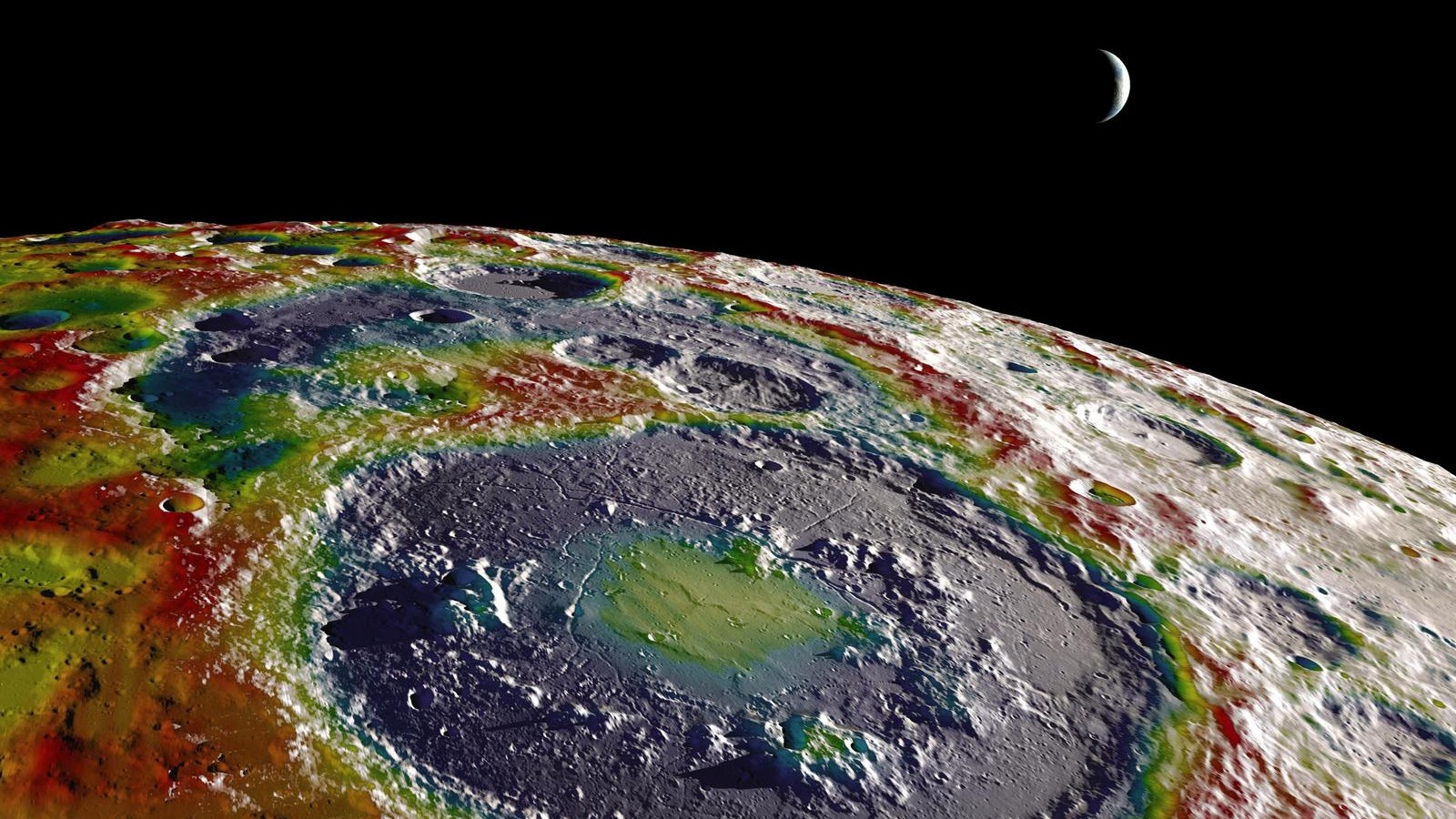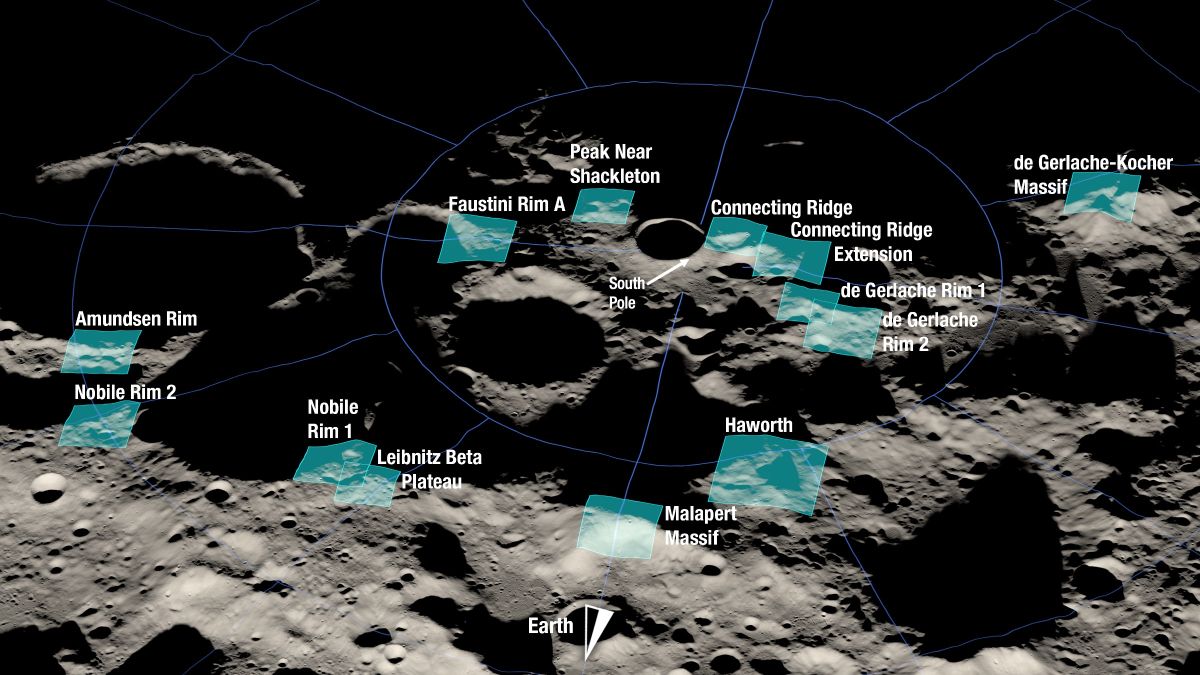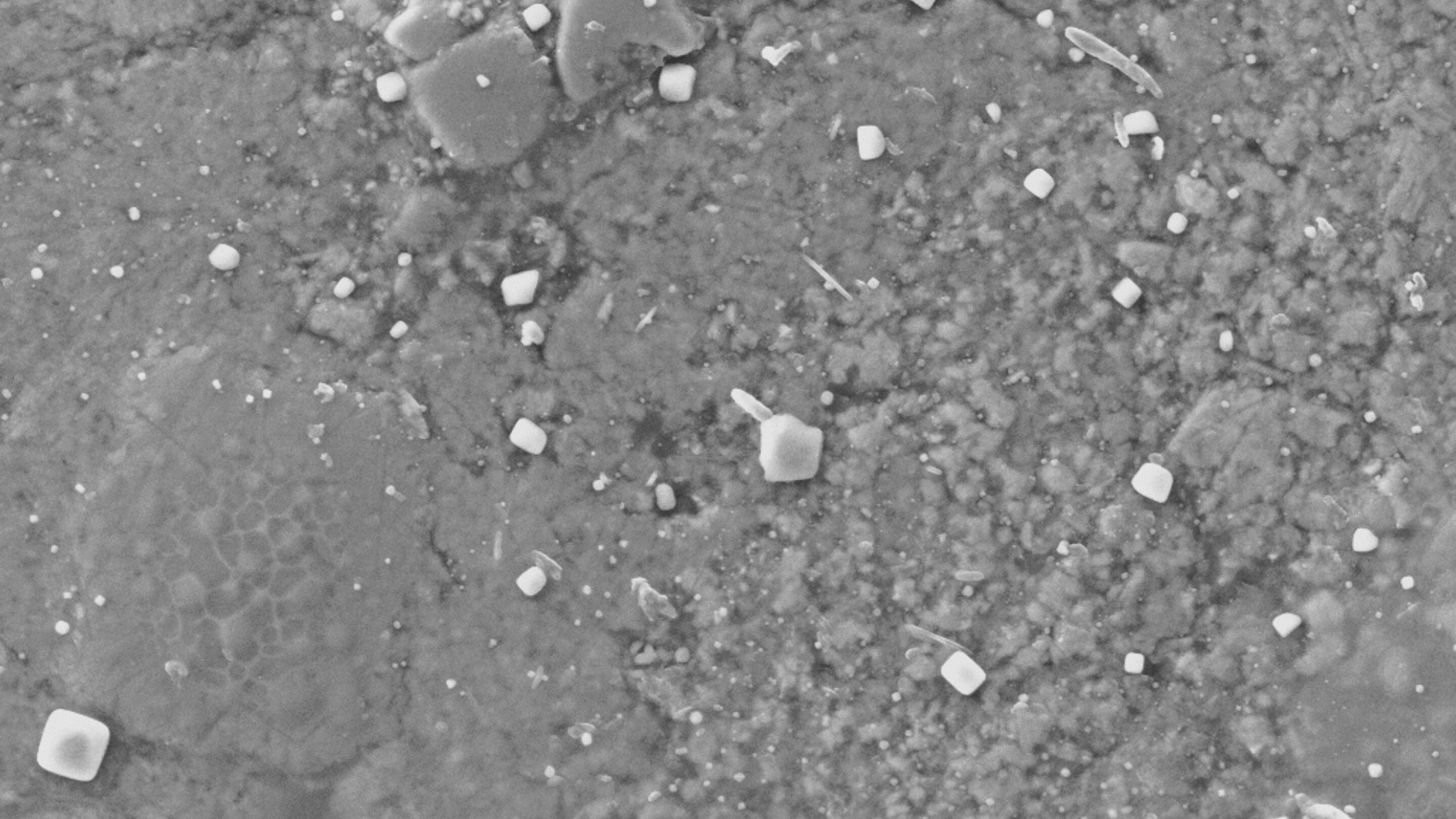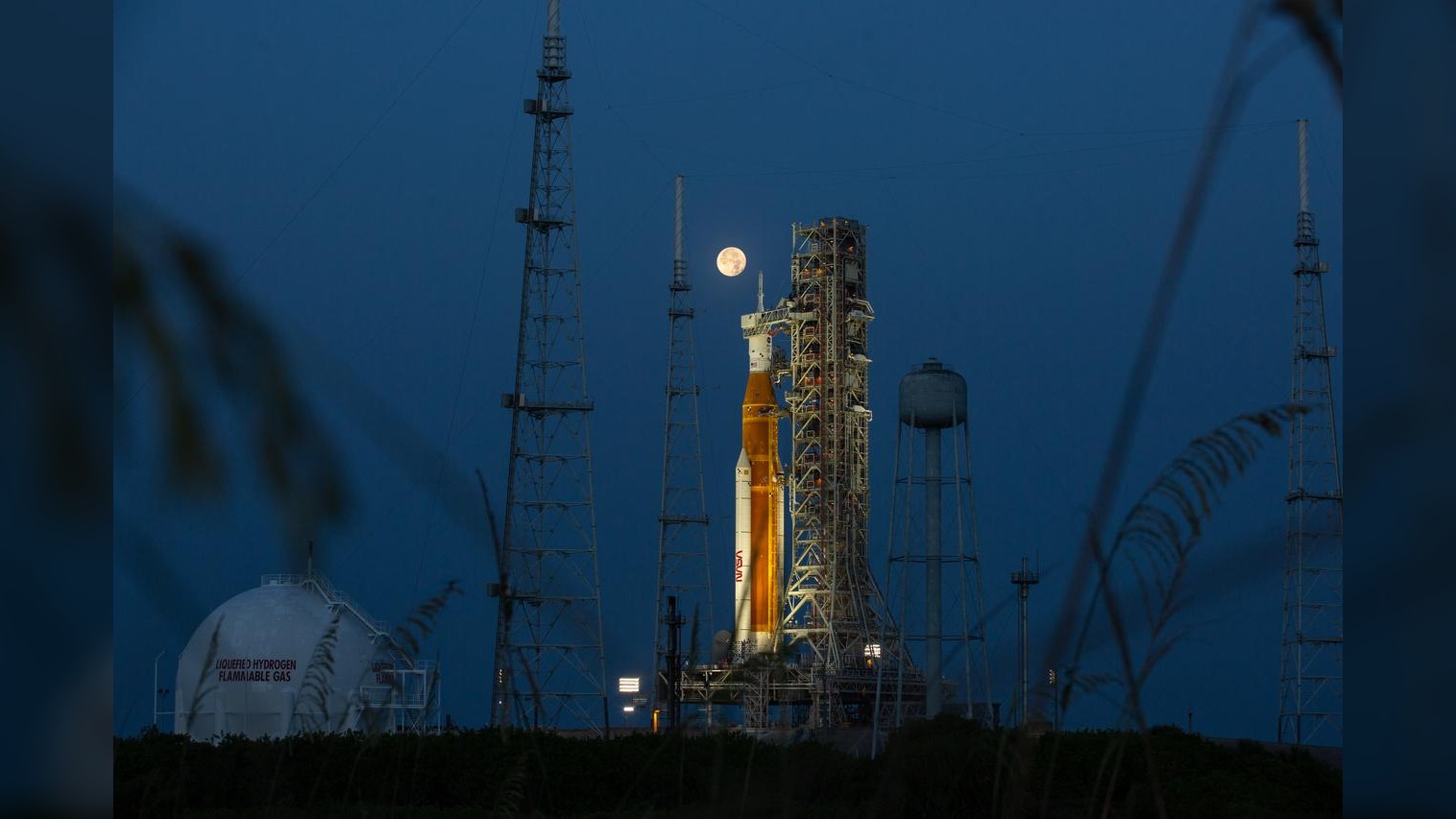
If NASA planning remains on the rails politically, technically and financially, the United States will plant new footprints on the moon toward the end of 2025.
That touchdown, on a mission called Artemis 3, will be the first human lunar landing since Apollo 17 moonwalkers stirred up the gray dust in December 1972.
Artemis 3 is intended to be the first of a number of human missions to the Artemis Polar Exploration Zone — the region poleward of 84 degrees south latitude.
Selecting a safe and science-worthy landing region for Artemis 3 is a challenging task. But there's no doubt that great discoveries lie ahead — and one potential surprise could be detecting life on the moon.
Related: NASA's Artemis 3 mission: Landing humans on the moon

Super-cold craters
New research suggests that future visitors to the lunar south pole region should be on the lookout for evidence of life in super-cold permanently shadowed craters — organisms that could have made the trek from Earth.
Microbial life could potentially survive in the harsh conditions near the lunar south pole, suggested Prabal Saxena, a planetary researcher at NASA's Goddard Space Flight Center in Greenbelt, Maryland.
"One of the most striking things our team has found is that, given recent research on the ranges in which certain microbial life can survive, there may be potentially habitable niches for such life in relatively protected areas on some airless bodies," Saxena told Space.com.
Indeed, the lunar south pole may possess the properties that can enable survival and potentially even episodic growth of certain microbial life, Saxena said.
"We're currently working on understanding which specific organisms may be most suited for surviving in such regions and what areas of the lunar polar regions, including places of interest relevant to exploration, may be most amenable to supporting life," he said.
In work presented at a recent science workshop on the potential Artemis 3 landing sites, Saxena and study members reported that the lunar south pole may contain substantial surface niches that could be potentially habitable for a number of microorganisms.
Related: See Artemis 3 landing zone near moon's south pole in stunning new NASA photos
Earth's history — on ice

Is it possible that samples of Earth's history could be lurking in sun-shy lunar craters?
Small pieces of our planet might have been hurled to the moon as "Earth meteorites" — rocks blasted into space by powerful cosmic impacts.
That is indeed a possibility, said Heather Graham, an organic geochemist at NASA Goddard who's also a member of the study team. But that doesn't mean that Earth microbes also survived that deep-space trip.
"While extraterrestrial transfer of organic molecules from meteoritic sources is very likely, and indeed observed in our own terrestrial meteorite analysis, the transfer of microbes from similar sources does not have the same weight of evidence," Graham said. "It may be an interesting idea, but without viable data this route cannot be included in this study."
Graham said that, more importantly, the study team is very aware of the many ways that humans are the biggest vector of microbes to the moon.
"We will soon have 50 years of history of humans and their objects on the surface with no stringent requirements regarding forward contamination," she said.
"We view humans as the most likely vector given the extensive data that we have about our history of exploration and the impact record as a second, albeit less influential, early terrestrial source," Graham added.
Protected micro-niches
Graham pointed out that the way the study team is approaching this problem isn't necessarily because they think Artemis missions will cause a flood of microbes to bloom immediately near the lunar south pole in a "dorm room fridge" scenario.
"Rather…we will almost certainly deposit hearty spores in protected micro-niches where the max temperature and radiation protection features at that site will allow them to persist," Graham said. "This is the 'survival' end of the scale with spores present."
Over time, Graham said, ongoing exploration of the moon could continue to deliver water and carbon sources to these locations, which could one day result in growth.
Artemis flight path

Also foreseeing a possible impact from increased traffic to the moon is Paul Lucey of the Hawai'i Institute of Geophysics and Planetology at the University of Hawai'i at Mānoa.
"There is no question the final approaches of the Artemis spacecraft will deposit carbon dioxide and water ice in permanently shadowed regions along the flight path and may compromise some kinds of investigations," Lucey told Space.com.
On the other hand, Lucey said that our understanding of how lunar ice is deposited is meager right now, "so these will be very interesting experiments to conduct, given the right instrumentation."
It is likely there will be no comprehensive survey of the abundance of those compounds before the first Artemis surface missions, Lucey observed, so unfortunately the natural background will not be known for the lunar south pole. (One Artemis mission has launched to date — Artemis 1, which went to lunar orbit last fall.)
The moon's north pole will be better preserved, Lucey said, but spacecraft exhaust may also affect the north via transport through the lunar "exosphere" — its very thin and tenuous envelope of gases.
Saxena concluded that considerations for how to investigate a lunar site, if it is near to regions that may be potentially habitable niches, should be taken into account for future site assessment and traverse planning.
"These means of planning and corresponding strategy, techniques and instrumentation that may be involved might be valuable for exploration of Mars as well," he said.
Originally posted on Space.com.







